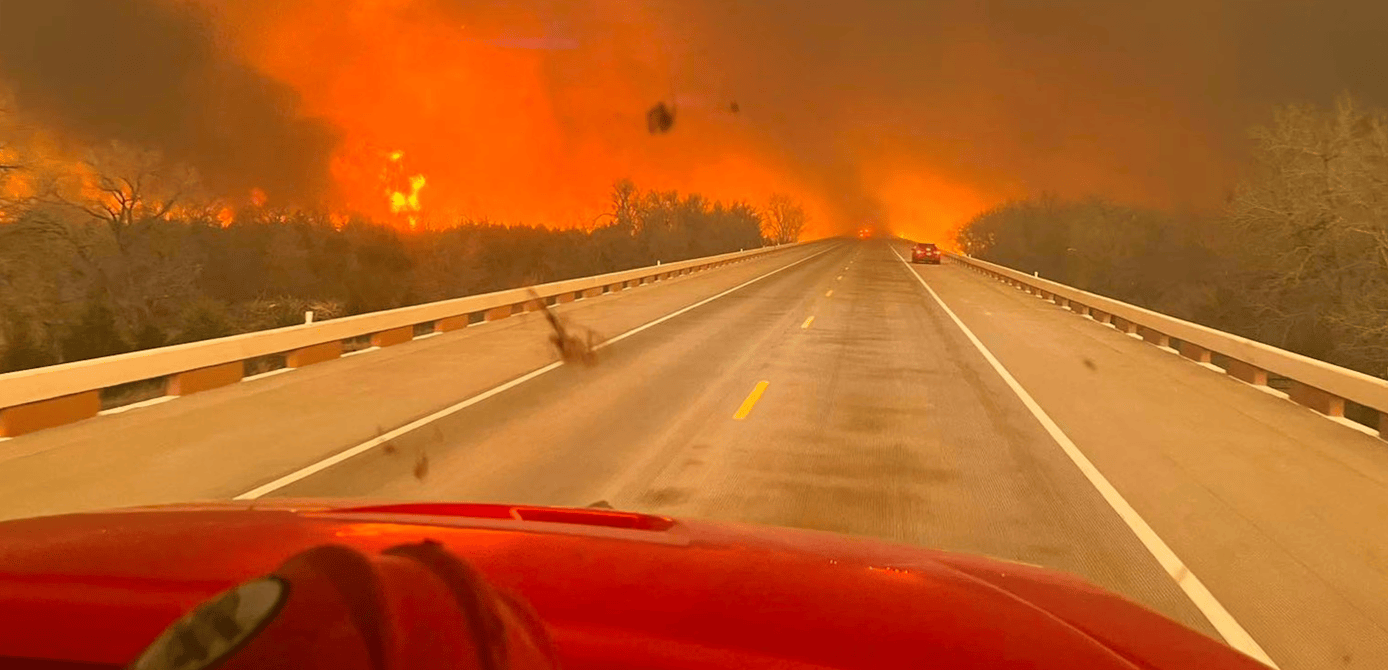Texas, is known for its vast landscapes and diverse ecosystems and has unfortunately been a hotspot for wildfires in recent years.
These devastating events are a result of a complex interplay of various factors, ranging from natural elements to human activities. In this article, we will delve into the primary causes of Texas wildfires, shedding light on the intricate dynamics that contribute to these fierce and destructive blazes.
Understanding the Causes of Texas Wildfires: Unraveling Nature's Fury
Climate Conditions:
Texas, has its expansive terrain and experiences on a wide range of climate conditions. The periods of drought and high temperatures create the perfect setting for wildfires to ignite and spread rapidly.
Prolonged dry spells, coupled with gusty winds, turn even a small spark into a formidable inferno.
Vegetation and Fuel Load:
The state's diverse flora plays a pivotal role in wildfire susceptibility. The accumulation of dry vegetation, also known as
fuel load, becomes highly flammable during arid conditions.
Grasslands, shrubs, and forests become potential tinder, escalating the risk of wildfires.
Human Activities:
Human actions contribute significantly to the ignition of wildfires. Unattended campfires, discarded cigarettes, and equipment malfunctions can spark flames that swiftly grow out of control.
Additionally, power lines and utility infrastructure can inadvertently initiate wildfires during adverse weather conditions.
Urban-Wildland Interface:
The increasing interface between urban areas and natural landscapes amplifies the risk of wildfires.
As human settlements expand into wildland areas, the potential for ignition sources near combustible vegetation rises, leading to more frequent and severe wildfires.
Climate Change Impact:
The overarching influence of climate change cannot be ignored. Rising temperatures, altered precipitation patterns, and prolonged droughts exacerbate wildfire risks.
Climate change-induced factors, such as increased frequency of extreme weather events, create a volatile environment conducive to wildfires.
Hence as Texas continues to grapple with the challenge of wildfires, a holistic approach involving better land management practices, public awareness, and sustainable policies is essential to mitigate the impact of this formidable natural force.



